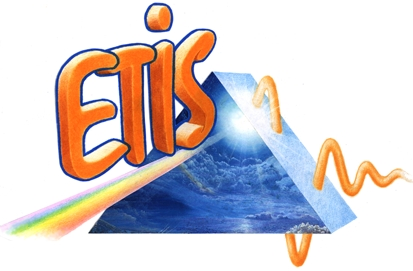



Autonomous robot navigation relies on noisy measures. That is the reason why most of the robotic works on localisation, mapping and planning are based on probabilistic algorithms allowing to take into account uncertainty over the measured data.
But animals are also able to deal with these noisy signals. Neuromimetic approaches can thus also provide robust and innovative solutions to tackle the same problem. Furthermore, recent work has shown how neural code in brain could perform Bayesian processes. Thus these two kinds of approach tend to come closer.
Since the LIMSI and ETIS laboratories have each expertise on these theoretic frameworks, we propose in this project to compare both approaches when studying auto-evaluation mechanisms in active vision and long term navigation task.